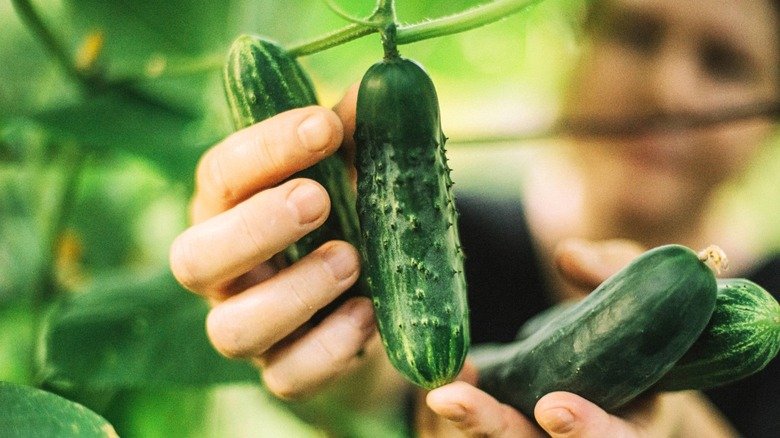Are you growing cucumbers this season? So are we, and we know how important it is to give our cukes good neighbors. Gardening expert Melissa Strauss talks about what you shouldn’t plant near your cucumbers.
I absolutely love growing cucumbers. They’re not just healthy and delicious—they’re also super easy to grow, especially since they handle the hot summers here in zone 9 like champs. Whether chopped up in a salad or tucked into a sandwich, their crisp, refreshing taste is always a win. And if you’re into pickles, nothing beats homemade.
Like most crops, cucumbers have their own needs, which determines which plants make good neighbors. Companion planting is a smart way to grow multiple veggies or fruits in a way that benefits them all. Take marigolds, for example—they’re fantastic neighbors for almost anything.
Some great companions for cucumbers include beans, peas, carrots, and corn, among others. But just as there are good pairings, there are also plants that just don’t get along. Usually, it’s because they attract the same pests or fight over nutrients.
Whenever you plan a veggie garden, it’s important to know which plants work well together and which don’t. So, let’s go over some plants you should avoid growing near cucumbers.
Melon
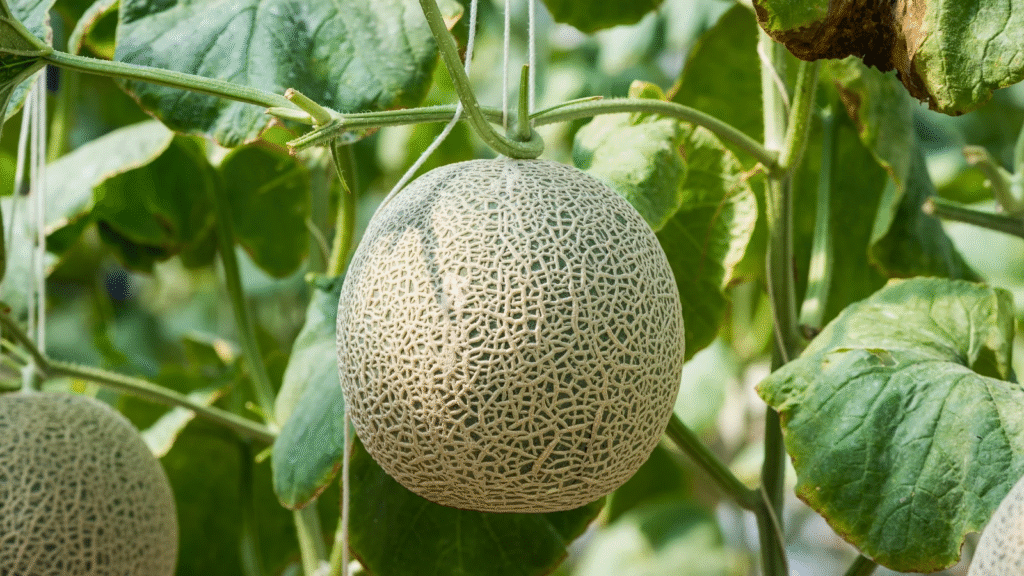
Botanical Name: Cucumis melo
Sun Requirements: Full sun
Height: Up to 20’
Hardiness Zones: 2-11
Melons and cucumbers are from the same family, so they have similar needs. You’d think that would make them good companions, but it’s actually the opposite. Both are heavy feeders, needing lots of nitrogen, so they end up competing for resources.
They’re also prone to the same pests and diseases, so planting them close just invites more trouble. Plus, they both spread out a lot, fighting for space. And if you’re saving seeds, cross-pollination could be an issue.
Pumpkin
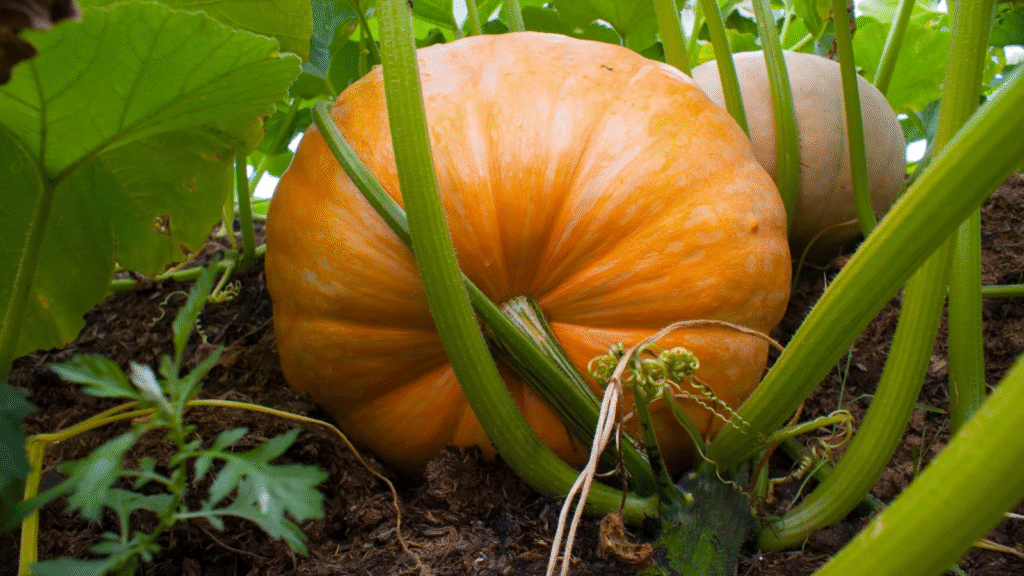
Botanical Name: Cucurbita pepo
Sun Requirements: Full sun
Height: 2’-30’
Hardiness Zones: 2-11
Pumpkins are also close relatives of cucumbers, so the same issues apply. They compete for nutrients, often leading to smaller harvests or lower-quality fruit.
Squash bugs love both plants, and pests won’t hesitate to settle in if they find a buffet. While pumpkins and cucumbers won’t cross-pollinate, they’re still terrible neighbors.
Potato
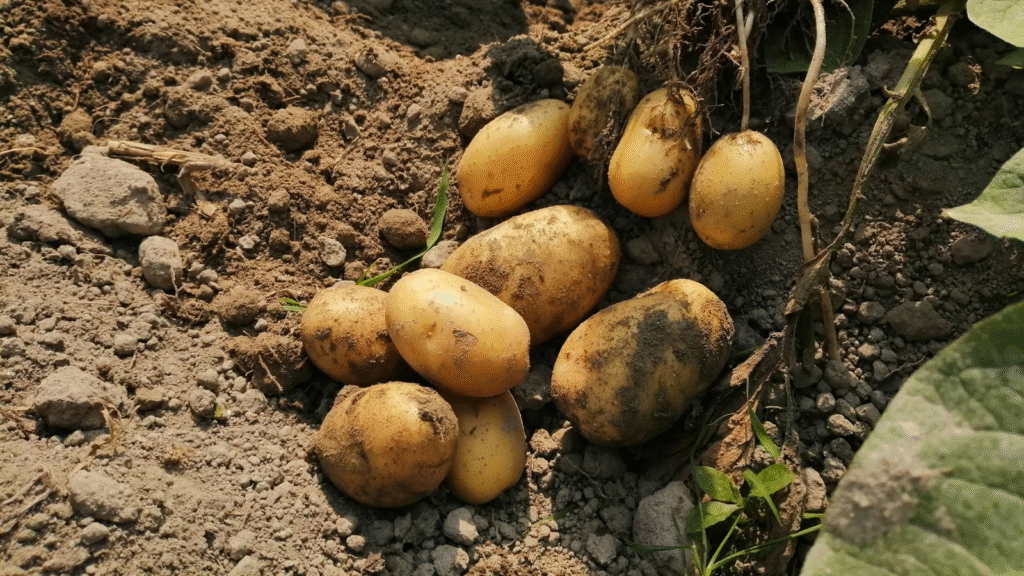
Are you growing cucumbers this season? So are we, and we know how important it is to give our cukes good neighbors. Gardening expert Melissa Strauss talks about what you shouldn’t plant near your cucumbers.
Botanical Name: Solanum tuberosum
Sun Requirements: Full sun
Height: 1’-2’
Hardiness Zones: 2-11
Plant potatoes away from cucumbers—unless you want regrets. Potatoes hog nutrients and water, and cucumbers love their hydration.
Digging up potatoes disturbs the roots, which isn’t great for nearby plants. They’re also prone to fungal diseases, so keeping them separate keeps both crops healthier.
Sage
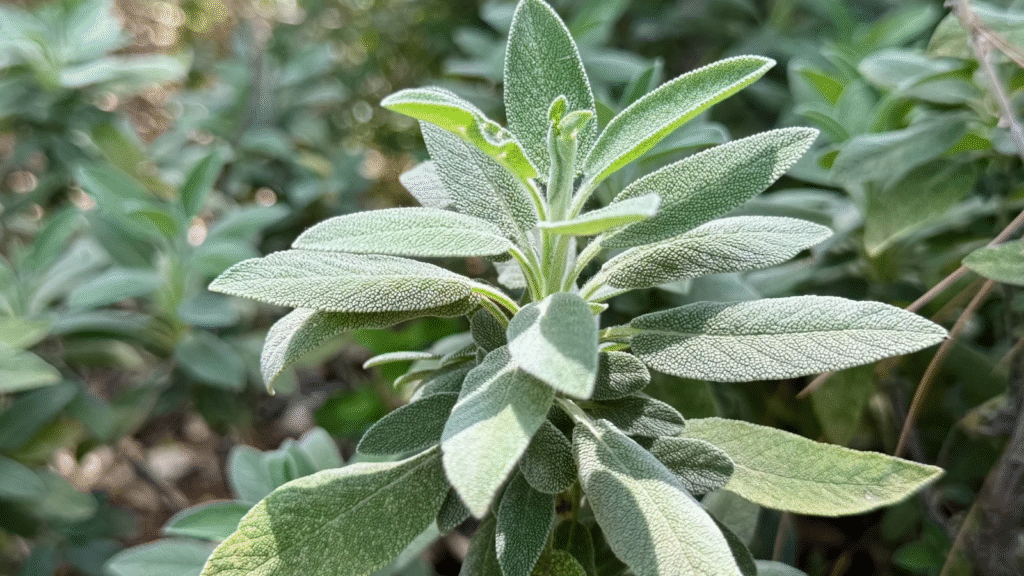
Botanical Name: Salvia spp.
Sun Requirements: Full sun to partial shade
Height: Up to 5’
Hardiness Zones: 2-11
Some herbs work well in veggie gardens, but sage isn’t one of them—especially with cucumbers. Sage likes dry soil, while cucumbers need moisture, making them a bad match.
Sage’s strong scent can release oils into the soil, affecting cucumber flavor (and not in a good way). It can also stunt their growth.
Fennel
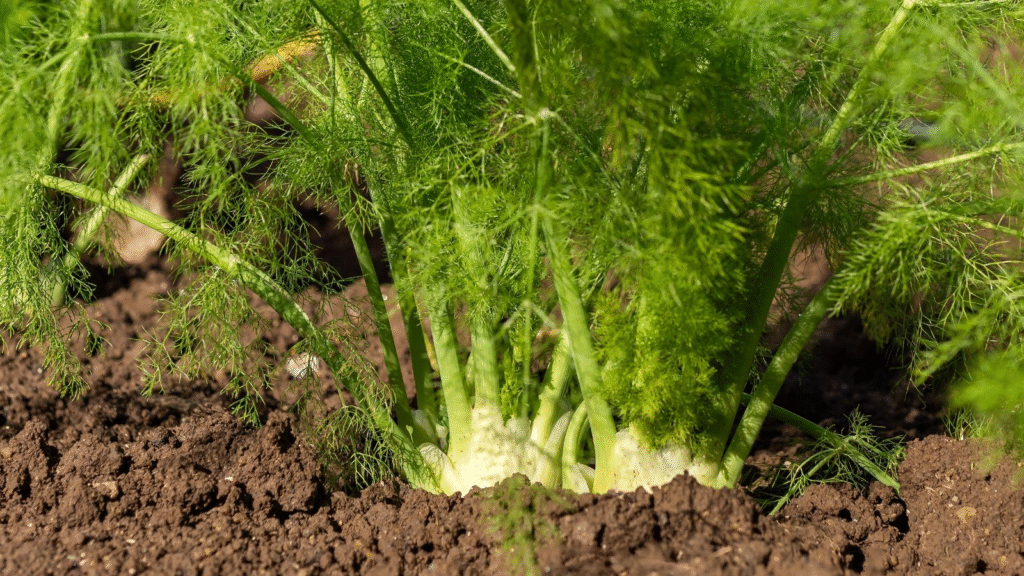
Botanical Name: Foeniculum vulgare
Sun Requirements: Full sun
Height: 4’-6’
Hardiness Zones: 4-9
Fennel isn’t a great neighbor for anyone. It’s best grown in a pot where it can’t harm other plants. While it’s great for swallowtail butterflies, it’s bad news for most veggies.
Fennel is allelopathic—its roots release chemicals that stunt nearby plants, including cucumbers. Keep it far from the veggie patch.
Squash
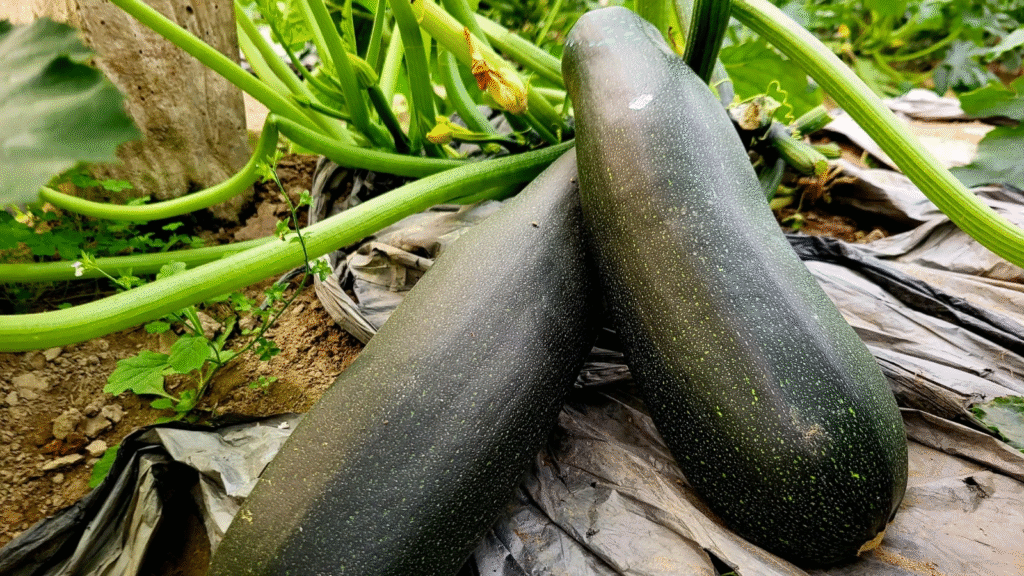
Botanical Name: Cucurbita spp.
Sun Requirements: Full sun
Height: Up to 20’
Hardiness Zones: 2-11
Squash is another cucumber cousin, meaning they fight for nitrogen and water. They also attract the same pests, like cucumber beetles.
Worse, they can cross-pollinate, which is a problem if you’re saving seeds.
Tomato
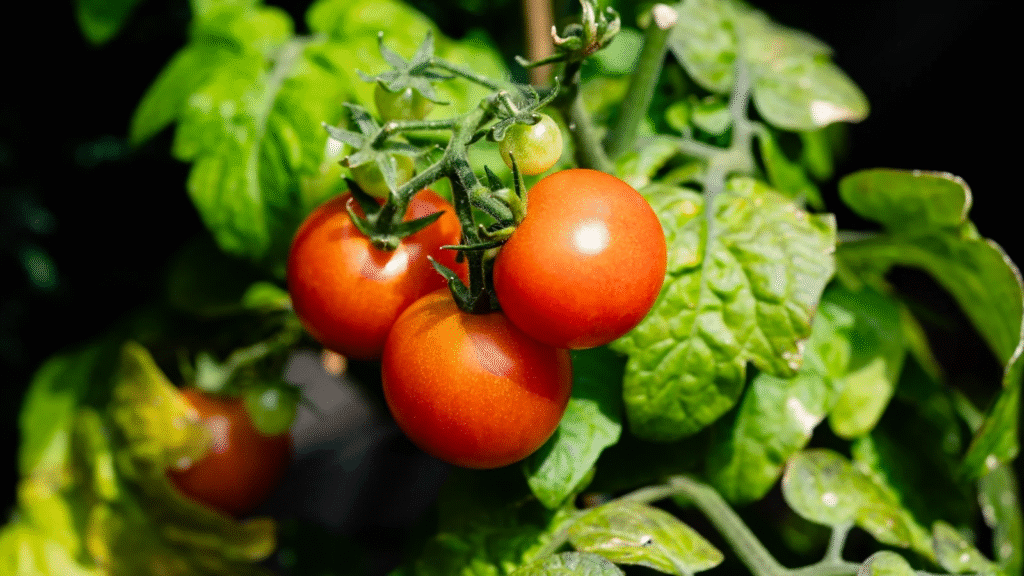
Botanical Name: Solanum lycopersicum
Sun Requirements: Full sun
Height: 3’-10’
Hardiness Zones: 2-11
Tomatoes and cucumbers aren’t the worst pair, but they’re not ideal. Both are heavy feeders, so they compete for nutrients. They also share some diseases, risking both crops.
Cucumber vines grow fast and can smother tomatoes. If you plant them together, give them plenty of space and support.
Broccoli
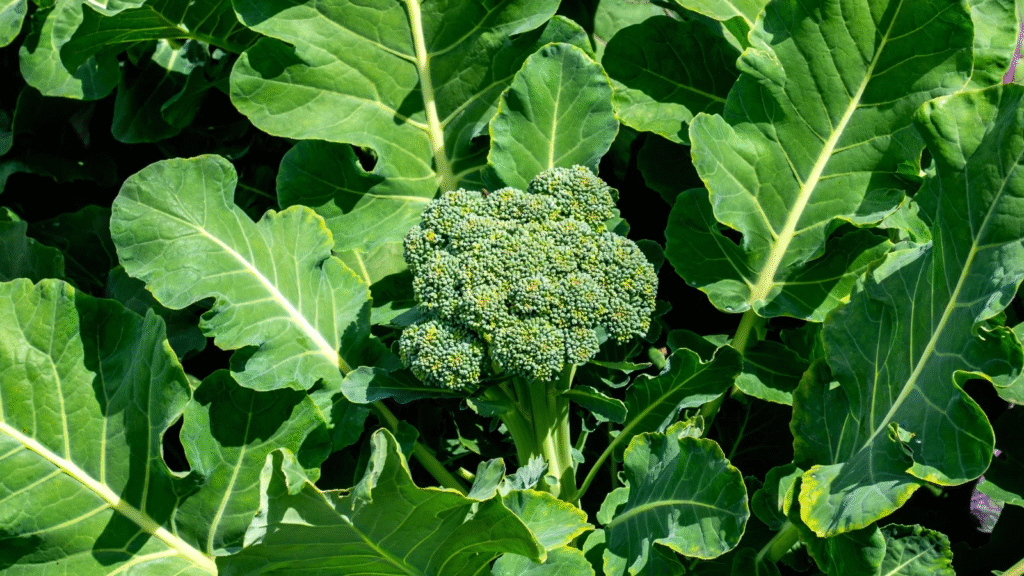
Botanical Name: Brassica oleracea var. italica
Sun Requirements: Full sun
Height: 1’-2’
Hardiness Zones: 2-11
These two rarely grow well together. Broccoli loves cool weather; cucumbers thrive in heat. Both are heavy feeders, so they compete for nutrients and space.
Cucumbers can shade out broccoli, and they attract some of the same pests. Generally, brassicas don’t play nice with nutrient-hungry plants.
Rosemary
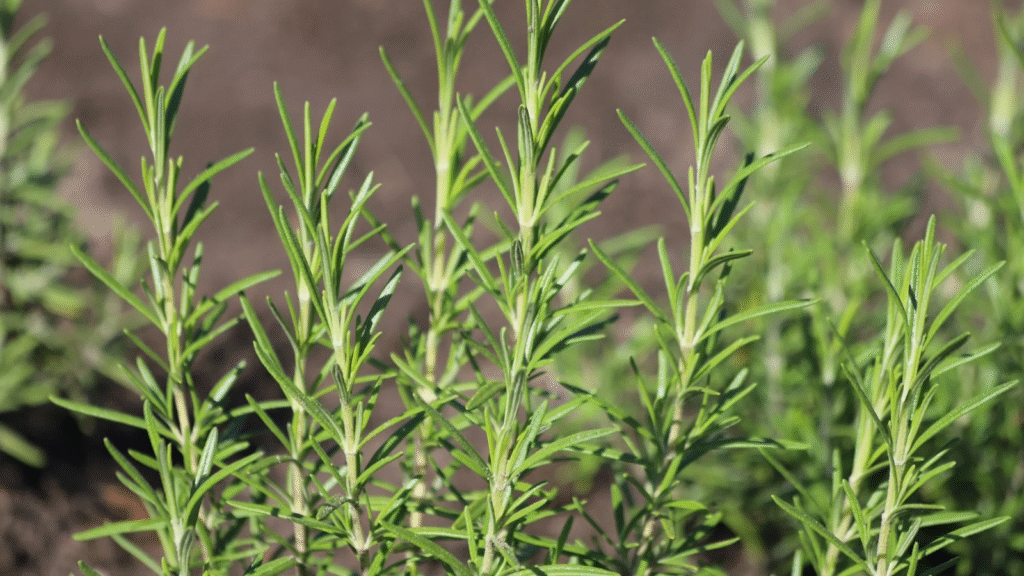
Botanical Name: Salvia rosmarinus
Sun Requirements: Full sun
Height: Up to 4’
Hardiness Zones: 8-10
Like sage, rosemary prefers dry soil, while cucumbers need moisture. They just don’t pair well.
Its strong scent can also affect cucumber flavor. Plus, aromatic herbs sometimes slow nearby plant growth.
Basil
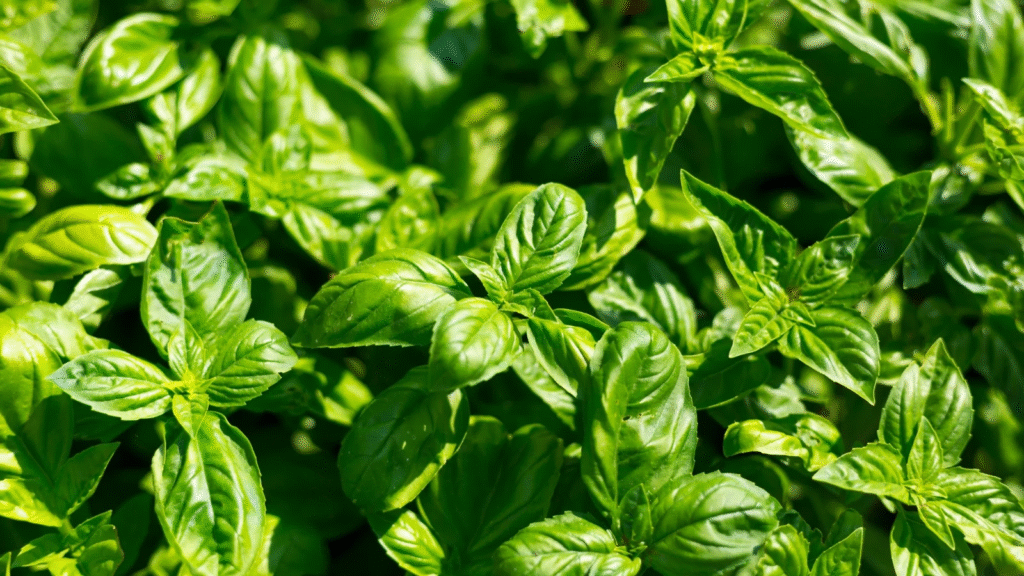
Botanical Name: Ocimum basilicum
Sun Requirements: Full sun
Height: 1’-3’
Hardiness Zones: 3-11
Basil is a toss-up. It’s great with tomatoes (who doesn’t love that combo?), but it might not be ideal for cucumbers. They could compete for resources, and basil’s flavor might transfer.
It can help with pests, but the trade-off may not be worth it.
Mint
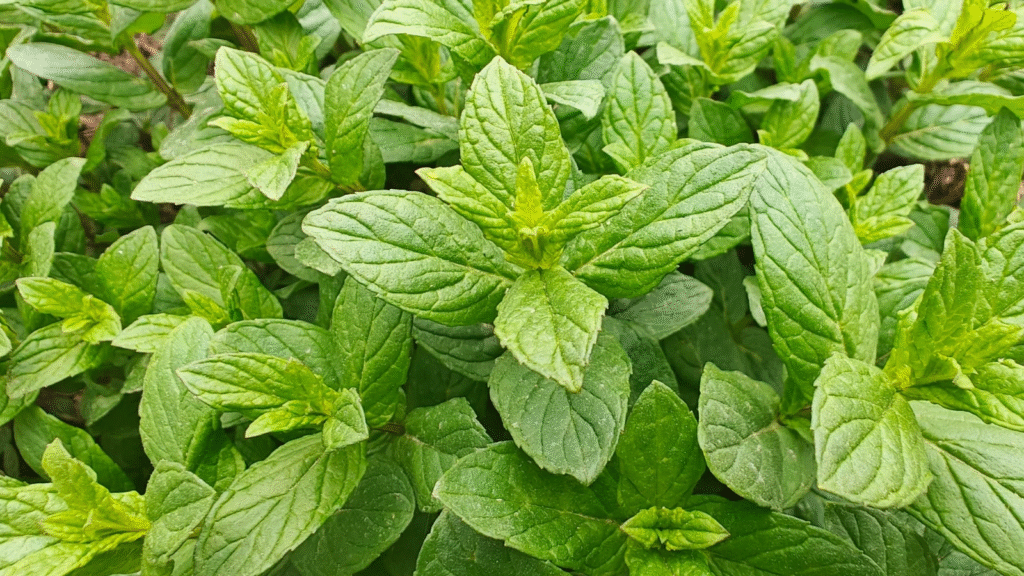
Botanical Name: Mentha spp.
Sun Requirements: Full sun
Height: Up to 3’
Hardiness Zones: 3-11
Let’s be real—mint is a terrible neighbor. It spreads like crazy, choking out other plants and stealing water and nutrients.
Plus, its strong flavor can seep into nearby veggies. Unless you want minty cucumbers, keep it far away.

